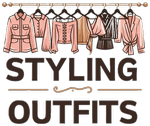In a world where conformity often reigns supreme, alternative fashion is a bold and unapologetic celebration of individuality. This vibrant subculture challenges societal norms, embracing a diverse array of styles that defy traditional conventions. From punk to goth, cyberpunk to steampunk, alternative fashion is a canvas upon which individuals can paint their unique identities, fearlessly expressing themselves through clothing, accessories, and even lifestyle choices.
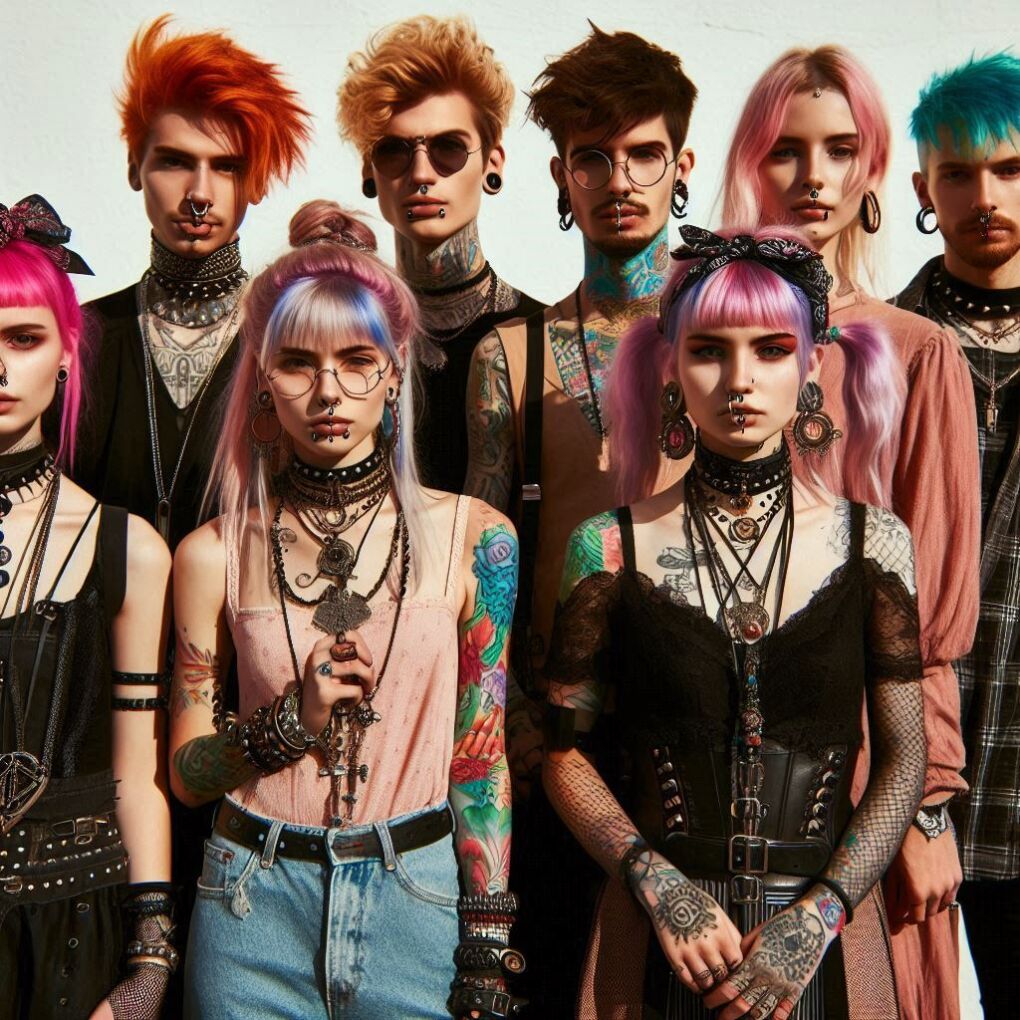
The Origins of Alternative Fashion
The roots of alternative fashion can be traced back to the counterculture movements of the 1960s and 1970s. During this era, youth subcultures emerged as a means of rebellion against the mainstream, challenging societal expectations and authority. Iconic figures like Vivienne Westwood and Malcolm McLaren, pioneers of punk fashion, paved the way for a new era of self-expression through clothing.
“Fashion is a form of ugliness so intolerable that we have to alter it every six months.” – Oscar Wilde
As the decades progressed, various subcultures emerged, each with its own distinct aesthetic and ideologies. From the dark and brooding aesthetics of the goth scene to the vibrant and eclectic styles of the rave culture, alternative fashion became a means of forging identities and fostering a sense of belonging among like-minded individuals.
Subcultures and Styles
Alternative fashion encompasses a diverse range of subcultures, each with its own unique style and philosophy. Here are some of the most prominent subcultures within this dynamic realm:
Punk
A raw, edgy, and rebellious aesthetic characterizes punk fashion. Studs, safety pins, ripped clothing, and unconventional hairstyles like mohawks and liberty spikes are hallmarks of this style. Punk fashion is a direct reflection of the anti-establishment ideology that fueled the punk movement.
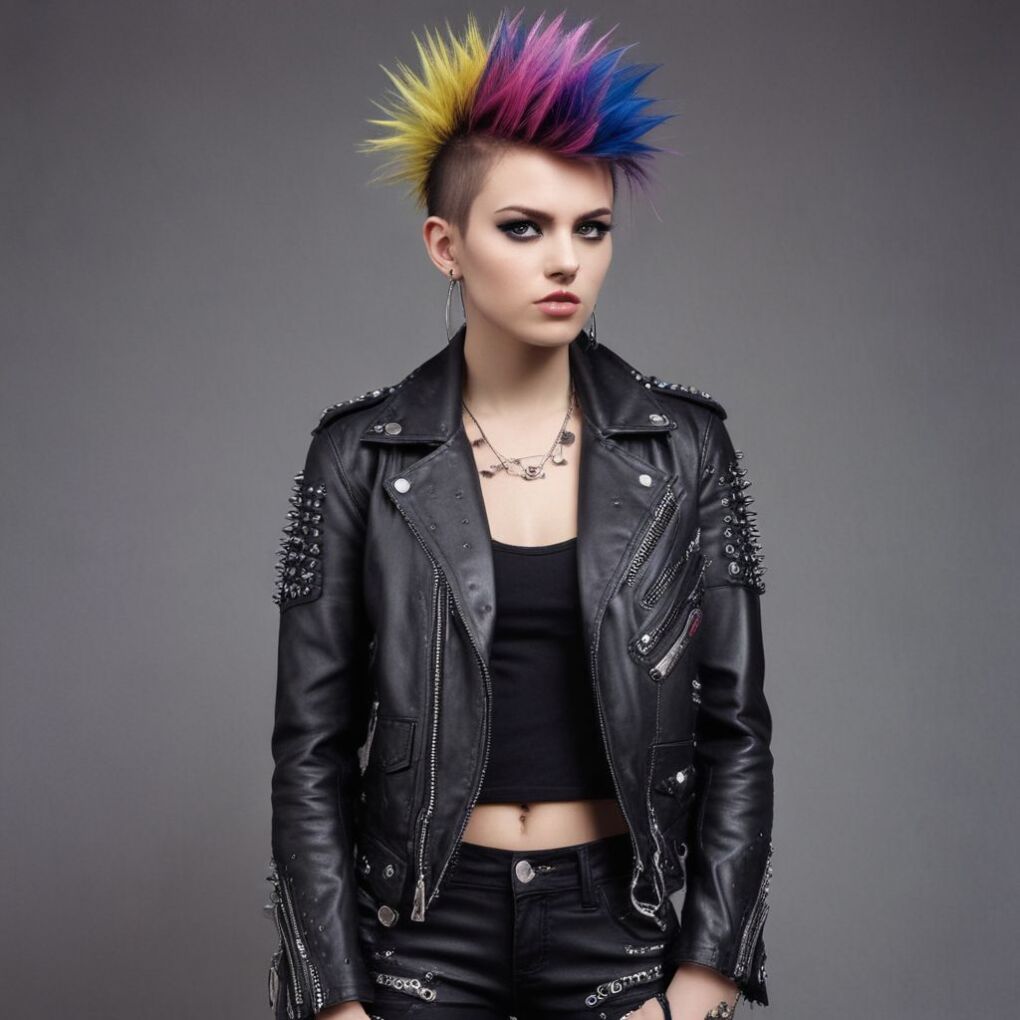
Goth
Goth fashion draws inspiration from the dark and melancholic. Black clothing, intricate lace and velvet fabrics, and heavy makeup with a focus on dark eye makeup and pale skin tones are common elements of this subculture. Goth fashion often incorporates symbols and imagery associated with the macabre, such as skulls, bats, and crosses.
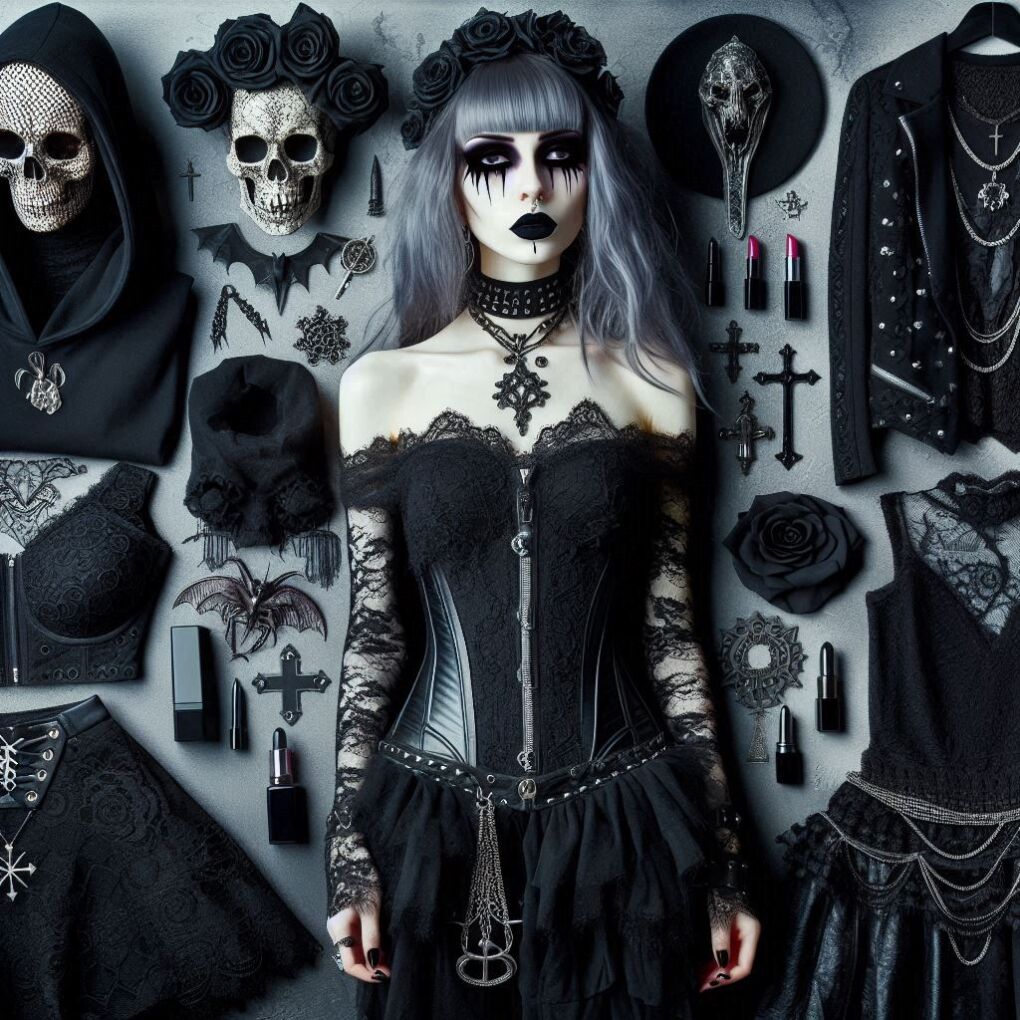
Cyberpunk
Cyberpunk fashion takes inspiration from futuristic and technological themes. Neon colours, metallic accents, and a fusion of high-tech and low-tech elements create a unique aesthetic that blends the digital and the analog. Cyberpunk fashion often incorporates elements like goggles, respirators, and body modifications.
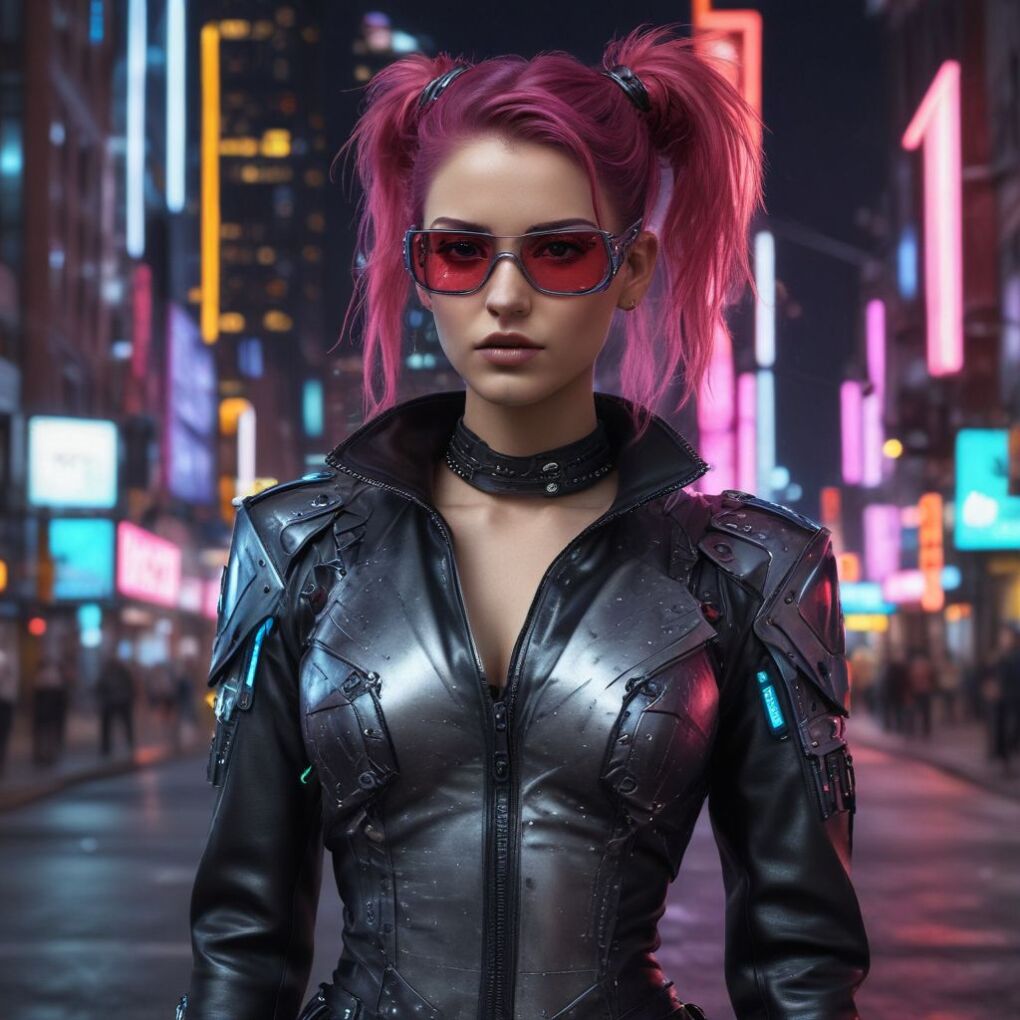
Steampunk
Steampunk fashion draws from the Industrial Revolution era, combining Victorian-inspired styles with futuristic elements. Corsets, goggles, gears, and brass accents are hallmarks of this subculture, creating a fusion of past and future aesthetics.
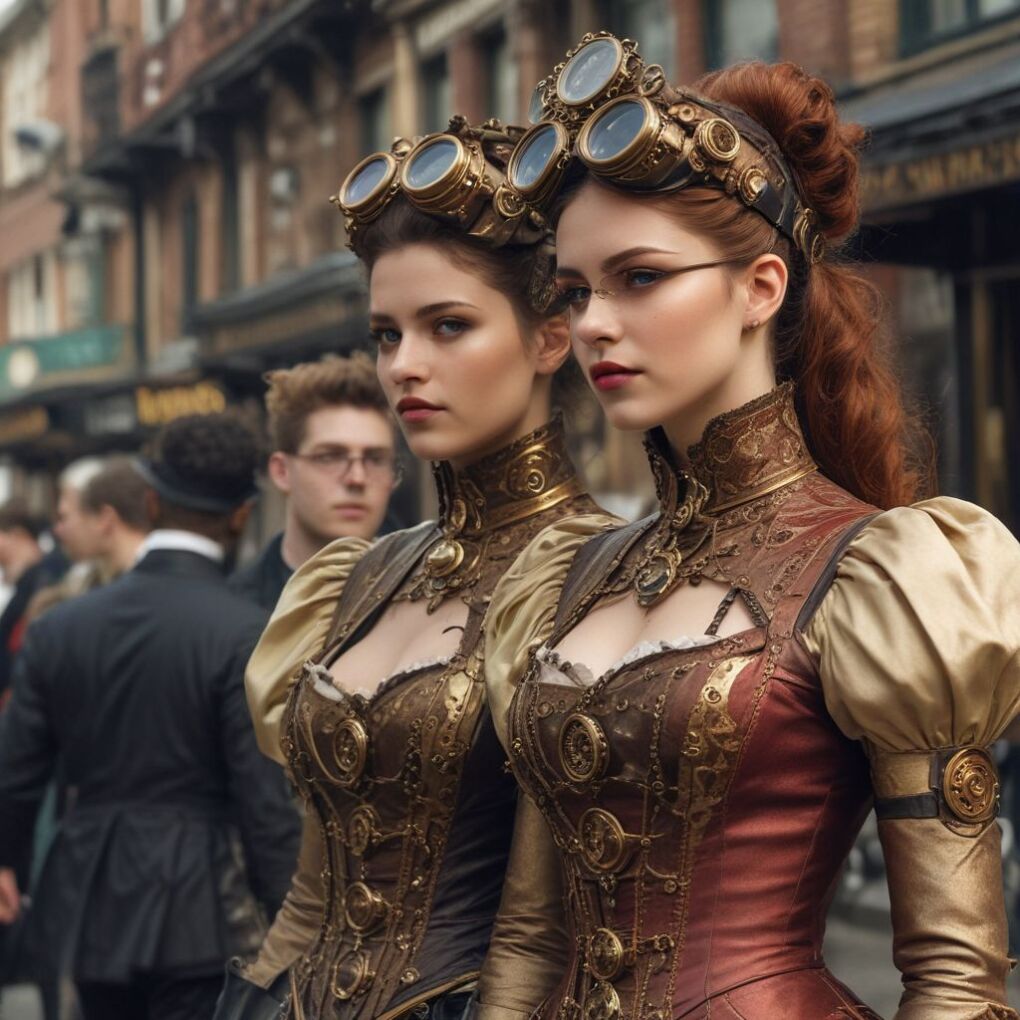
| Subculture | Key Aesthetic Elements |
|---|---|
| Punk | Studs, safety pins, ripped clothing, mohawks |
| Goth | Black clothing, lace, velvet, dark makeup |
| Cyberpunk | Neon colors, metallic accents, high-tech/low-tech fusion |
| Steampunk | Victorian-inspired, gears, brass accents |
Self-Expression and Identity
At its core, alternative fashion is more than just a statement of style; it is a means of self-expression and identity formation. For many individuals within these subcultures, fashion becomes a way to outwardly manifest their inner selves and connect with like-minded communities.
- “Fashion is a language that creates itself in clothes to interpret reality.” – Karl Lagerfeld
By embracing alternative fashion, individuals challenge societal norms and expectations, asserting their right to define their own identities. The clothes they wear become an extension of their personalities, a canvas upon which they can convey their beliefs, interests, and unique perspectives.
Creativity and DIY Culture
Alternative fashion is often closely tied to a thriving DIY (Do-It-Yourself) culture. Many individuals within these subcultures take great pride in crafting their own clothing, and accessories, and even modifying existing pieces to create truly one-of-a-kind looks. This creative process not only fosters self-expression but also encourages resourcefulness and sustainability.
- Online communities and forums: Cyberdog, Dark Bunny Tees, EMP
- DIY tutorials and guides: Punk Rock Sewing 101, Steampunk Fashion Guide
Inclusivity and Diversity
Despite the distinct subcultures within alternative fashion, there is a shared ethos of inclusivity and acceptance of diversity. These communities embrace individuals from various backgrounds, genders, and orientations, united by a common appreciation for self-expression and individuality.
- “Fashion is what you adopt when you don’t know who you are.” – Quentin Crisp
Alternative fashion transcends traditional societal boundaries, providing a safe space for individuals to explore and embrace their authentic selves without fear of judgment or discrimination.
Challenges and Misconceptions
While alternative fashion celebrates individuality, it is not without its challenges and misconceptions. Many individuals within these subcultures face societal scrutiny and stereotyping, often being labelled as “outcasts” or “freaks.” However, these communities remain resilient, using their fashion choices as a means of defiance and empowerment.
Additionally, the commercialization of certain alternative fashion styles has led to debates around authenticity and co-option. Some argue that the mainstreaming of these once-niche subcultures dilutes their original meaning and significance.
- “Fashion is a form of ugliness so intolerable that we have to alter it every six months.” – Oscar Wilde
Despite these challenges, alternative fashion remains a vital and vibrant form of self-expression, inspiring individuals to embrace their unique identities and challenge societal norms.
Conclusion
Alternative fashion is a dynamic and ever-evolving realm that celebrates individuality, self-expression, and creativity. From punk to goth, cyberpunk to steampunk, these subcultures offer a canvas upon which individuals can paint their unique identities, fearlessly defying societal expectations. As the world continues to evolve, alternative fashion will undoubtedly continue to push boundaries, inspiring new generations to embrace their authenticity and challenge the status quo.
